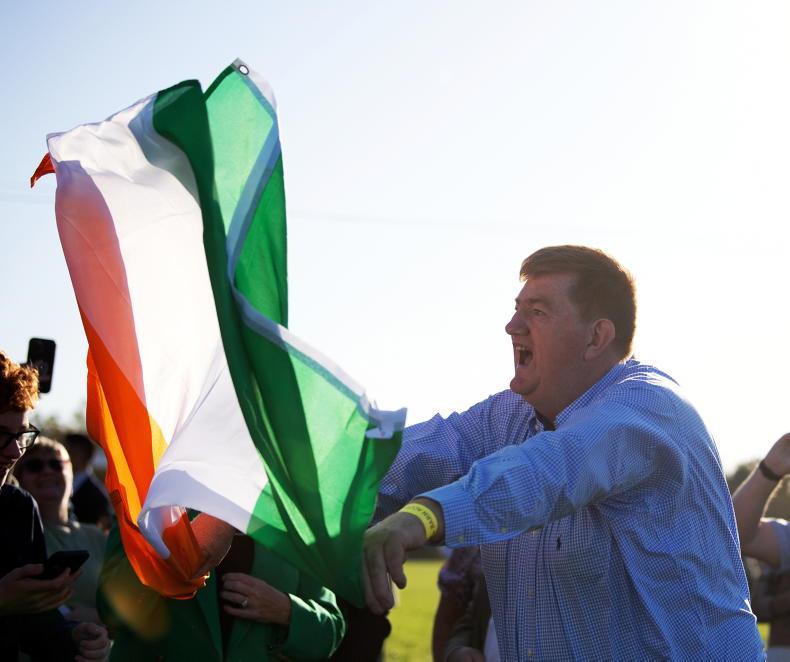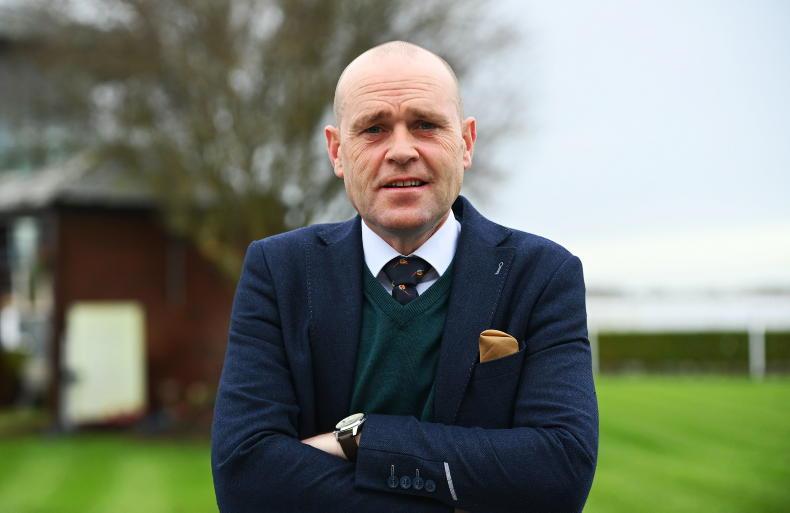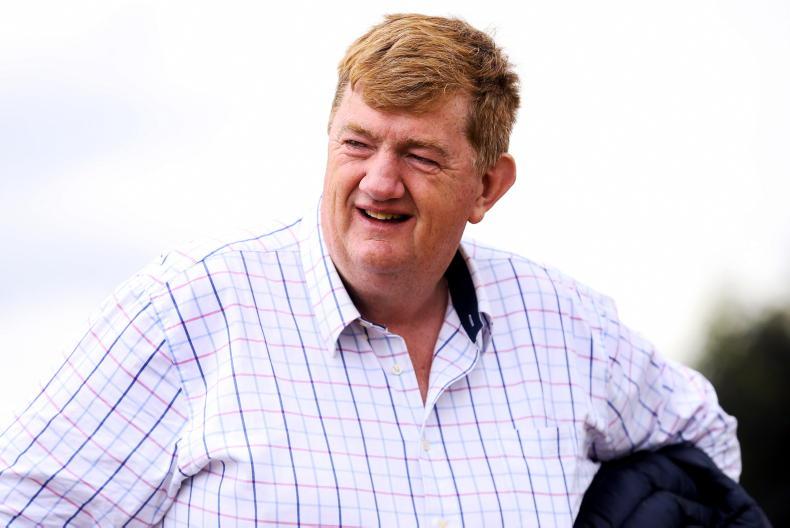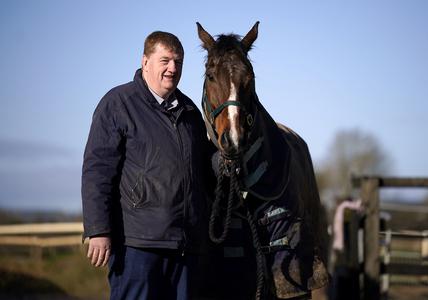SOMETIMES Irish racing, its policing and punishment of rule breakers has felt a little like your first years going to confession.
“Bless me father for I have sinned….
“I hit my brother, disobeyed my mother, used bad words, but I am truly sorry.”
“I absolve you of your sins, Three Hail Marys, one Our Father, go in peace, my child.”
It was the same scenario, same sins, same punishment a month later. Irish racing has not covered itself in glory in the last few years when it comes to attracting negative publicity.
Since the Gordon Elliott incident in March 2021, which resulted in a six-month ban/six-month suspended punishment, recent fines and bans by the IHRB have appeared to be more severe. Which, in an era of constant equine welfare scrutiny, they must be, to be any deterrent.
There was Ronan McNally’s 12-year ban having caused “serious damage to the interests of horse racing in Ireland”. Tony Martin’s three-month withdrawal of his licence over a positive sample from one of his horses and a further two-month withdrawal due to breaches of the rules when appearing at Newcastle last month, plus a fine of €5,000.
Luke Comer’s licence was suspended for three years last September after a dozen of his horses tested positive for anabolic steroids.
Denis Hogan’s licence suspended for three months and fined €5,000.
Luke Comer Jr had his licence suspended for a year and has agreed to pay €20,000 to Treo Eile after being found “guilty by the regulator of bringing racing into disrepute” when decomposed horse carcasses were discovered on his land in 2021.
Then Shark Hanlon took over the news from midweek with an impending 10-month ban over a horse carcass being towed in public behind his horsebox.
It’s been an awkward few months for the Carlow trainer, but there seems to be some division of opinion on the severity of the ban.
Certainly, the trainer is guilty of not being aware of his responsibilities with regard to the “good reputation of the sport of racing”.
No one can prove or disprove his account of how the dead horse was exposed or if it was covered with tarpaulin that became loose.
But, the Prime Time investigation into horse abuse at a Kildare slaughter house was broadcast on Wednesday, June 12th. Anyone mentioned would have known that their names were attached to it. Hanlon’s name came up as having sent five horses there, horses that could not be rehomed, the trainer stated.
Best to avoid any further negative publicity, one would have thought.
And yet two days later, the video was recorded showing the dead horse, visible on a flat trailer, and towed by his branded horse box being pulled through Paulstown village.
The IHRB statement on the Referrals Committee judgement said the trainer was found “to have acted in a manner that “caused significant prejudice to the integrity, proper conduct and good reputation of the sport of racing.”
Opinions differed on the severity of the ban, even if it is likely to be reduced.
The Gordon Elliott incident, unedifying as it was, was one where the trainer was caught in an ill-judged moment, on his own property. The Hanlon ‘behaviour’ was, however, in the public view.
Though we know dead horses must be transported for disposal, one would think caution would be of the utmost after being named in a programme very damning to the sport such as the RTÉ Investigates one.
The verdict continued: ”The Committee took the view that the importance of proper respect for the carcass of the deceased animal ought to have been well-known to all trainers, including Mr Hanlon, following recent high-profile public controversies concerning the shortcomings of trainers and riders in other cases, and the outcome of referrals to this Committee in that regard.”
What is annoying is that it is another easily avoidable scenario that is just not what racing needs at this time.


 This is a subscriber-only article
This is a subscriber-only article
 It looks like you're browsing in private mode
It looks like you're browsing in private mode










SHARING OPTIONS: